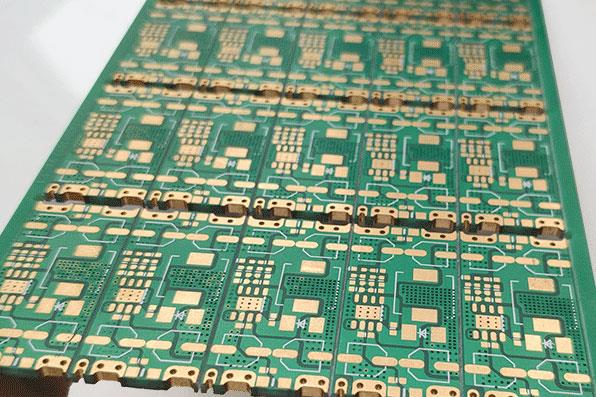In life, which products need to use PCB circuit boards? What is the design of the PCB board?
First of all, electronic products that require integrated circuits:
These electronic products are designed to save space and make products lighter and more compact. To be durable and to obtain good performance, the previous wire connection must be cancelled and switched to a printed circuit board. PCB meets the requirements of space, performance and reliability.
Not every electrical appliance needs a circuit board, and simple electrical appliances may not need a circuit, such as a motor. However, electrical appliances with specific functions usually require circuit boards to implement, such as televisions, radios, computers, and so on. There is also a PCB at the bottom of the rice cooker, and a speed regulator in the fan.
What other types of products can be used for PCB boards?

PCB board usually refers to a hard circuit board, mainly used for: computer motherboards, mouse boards, graphics cards, office equipment, printers, copiers, remote controls, various chargers, calculators, digital cameras, radios, TVs for household use Main boards of electrical appliances, restricted TV amplifiers, mobile phones, washing machines, electronic scales, telephones, LED lights, etc.: air conditioners, refrigerators, stereo speakers, MP3; used in industrial equipment: GPS, automobiles, instruments, medical equipment, aircraft, military weapons, Missiles, satellites, etc.
The main board and keyboard of the mobile phone are hard boards; the connecting cable of the sliding phone or flip phone is a soft board. The remote control is usually a carbon film board. The mobile phone board is composed of radio frequency circuit, power supply circuit, audio circuit and logic circuit from top to bottom.
PCB board design
Usually, the heated kettle does not have a circuit board, and the wire holder is directly connected. The distributor has a circuit board. An electric rice cooker usually has a circuit board, and an induction cooker also has a circuit board. The circuit board of the electric fan is usually used for speed adjustment, timing, display, etc., and has no actual effect on the operation of the electric fan.
PCB layout
The design and layout of PCB board is the problem that the designer must face first. This problem depends on certain parts of the graphics, and certain devices need to be set together based on logical considerations. However, it should be noted that temperature-sensitive components (such as sensors) should be placed separately from components that generate heat (including power converters). For designs with multiple power settings, 12-volt and 15-volt power converters can be placed in different locations on the board because the heat and electronic noise they generate will affect the reliability and performance of other components and boards.
In the circuit board design process, electromagnetic interference (EMI) is indeed a factor that must be carefully considered. The far-field electromagnetic interference (EMI) problem can be solved by installing a filter at the noise point or using a metal shell to shield the signal. However, attention should be paid to devices that can release electromagnetic interference (EMI) on the circuit board, allowing the circuit board to use a cheaper housing, thereby effectively reducing the cost of the entire system.
As far as the design of multi-layer circuit boards is concerned, the design of the through holes between different circuit board layers may be the most controversial issue, because the design of the through holes will lead to the production of the circuit. Ask many questions. The through holes between the various layers of the circuit board will affect the performance of the signal and reduce the reliability of the circuit board design, so full attention should be given.
PCB board design solution
In the PCB circuit board design process, many different methods can be used to solve various problems. These include adjustments to the design scheme itself, such as adjusting the circuit layout to reduce noise; and the layout method of the printed circuit board. You can use the layout tool to automatically install the design components, but if you can manually adjust the automatic layout, it will help improve the quality of the circuit board design. Through this measure, the design rule check will rely on technical documentation to ensure that the circuit board design can meet the requirements of the circuit board manufacturer.
Separating the different layers of the circuit board can reduce the associated capacitance, but this will increase the number of layers of the circuit board, which will increase the cost and cause more through-hole problems. Although the orthogonal grid power system and ground wire design may increase the physical size of the circuit board, it can effectively play the role of the ground layer in the double-layer circuit board, thereby reducing the capacitance and manufacturing complexity of the circuit board.
Design rule detection is also a very powerful tool, it can detect lines to ensure that the distance between the lines is not too close, resulting in too short a circuit. However, the overall design still has high economic value. Design planning check tools can also be used to detect and adjust power and ground planes to avoid large-area related capacitances.
PCB board design layout conclusion
There are many issues to consider when designing a printed circuit board (PCB), and tools including DesignSpark PCB can effectively handle most of them. By adopting certain best practice guidelines, engineering designers can effectively reduce costs and improve circuit board reliability, while meeting system specifications and performing bending system certification at a lower cost, thereby avoiding more problems.